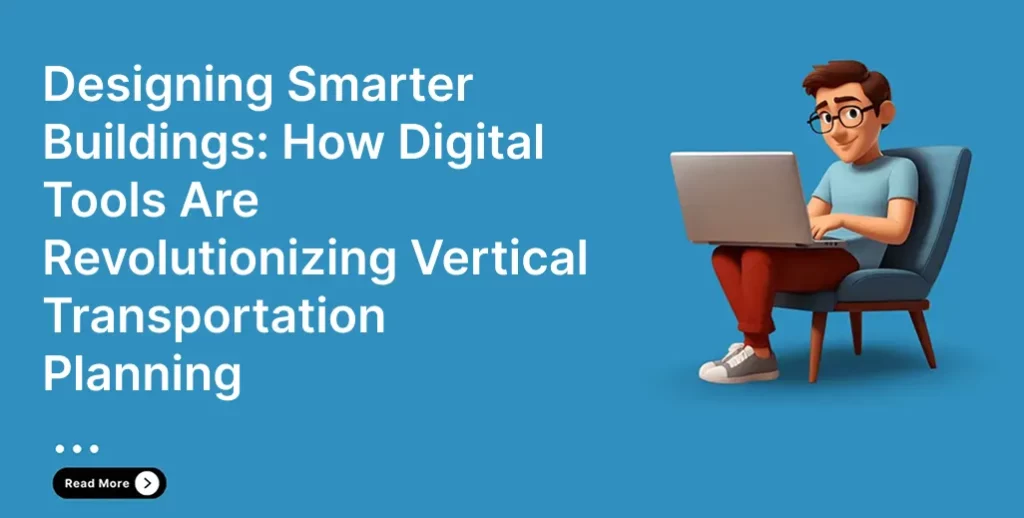If you’re looking for Mediterranean luxury, Marbella’s hard to beat....

Modern architecture is reaching new heights, literally. As buildings grow taller and more complex, vertical transportation has become one of the most critical yet challenging aspects of modern design. From passenger flow management to energy efficiency, the ability to simulate, analyze, and optimize lift performance before construction begins is now essential for engineers, architects, and developers.
In the past, elevator planning relied heavily on static calculations and experience-based assumptions. Today, advanced digital simulation platforms are transforming how lift systems are designed, tested, and implemented.
Smart building technology has ushered in a new era for the elevator industry. Engineers no longer need to rely solely on estimated passenger traffic or trial-and-error design methods. Through the use of lift design software, design teams can now simulate thousands of potential traffic scenarios in minutes, optimizing both system efficiency and user experience.
These tools utilize data analytics and predictive algorithms to model passenger movement, calculate response times, and even visualize real-world lift performance. The result is a more accurate, cost-effective, and scalable approach to elevator planning, one that reduces operational bottlenecks and enhances building usability from day one.
In any multi-story building, traffic flow defines the daily rhythm of occupant movement. Poorly optimized lift traffic can lead to congestion, longer wait times, and wasted energy. That’s why engineers increasingly depend on traffic analysis software to evaluate vertical mobility patterns before finalizing system layouts.
By using real-time simulation, professionals can identify critical issues such as peak-hour congestion, inefficient cab routing, or inadequate lift capacity. More importantly, this technology supports data-driven decision-making that directly impacts long-term sustainability and user satisfaction.
When integrated into the broader building design process, traffic analysis not only enhances comfort but also contributes to reduced maintenance costs and improved overall energy efficiency.
At the heart of modern building performance lies advanced elevator software, the digital backbone that connects simulation, design, and real-world implementation.
This software enables engineers to perform accurate load assessments, optimize shaft configurations, and visualize traffic flow with pinpoint accuracy. For developers and consultants, it provides a single interface to manage every variable, from cabin size to system control logic.
At AdSimulo, this technology is taken a step further, combining precision modeling with real-world validation to help architects and engineers create smarter, safer, and more efficient vertical transportation systems. As cities continue to build upward, elevator software becomes more than a design convenience, it’s a core requirement for reliability, energy efficiency, and the seamless movement modern occupants expect.
Collaboration across teams, architectural, mechanical, and electrical, is one of the biggest challenges in modern construction. Advanced lift software bridges that gap by allowing multiple disciplines to work from the same accurate model.
When designers and engineers can visualize traffic flow in a shared environment, communication improves dramatically. BIM-compatible outputs ensure that lift system designs integrate effortlessly into larger building information models, allowing faster approvals and fewer revisions.
In complex projects like mixed-use developments or high-rise towers, this kind of software-driven collaboration helps stakeholders align on design goals, safety standards, and performance outcomes, all before construction begins.
From simulation to execution, digital lift design tools are redefining how buildings move people. The integration of data analytics, visualization, and intelligent modeling has made it possible to predict, plan, and perfect vertical transportation systems long before a structure breaks ground.
For architects and engineers, the message is clear: adopting advanced elevator software solutions isn’t just a matter of convenience, it’s a competitive advantage. These tools are key to creating safer, faster, and more efficient buildings that meet the demands of modern urban life.
If you’re looking for Mediterranean luxury, Marbella’s hard to beat....
The digital landscape evolves quickly, and attention is harder to...
For decades, elevator design and traffic management relied heavily on...
Modern architecture is reaching new heights, literally. As buildings grow...